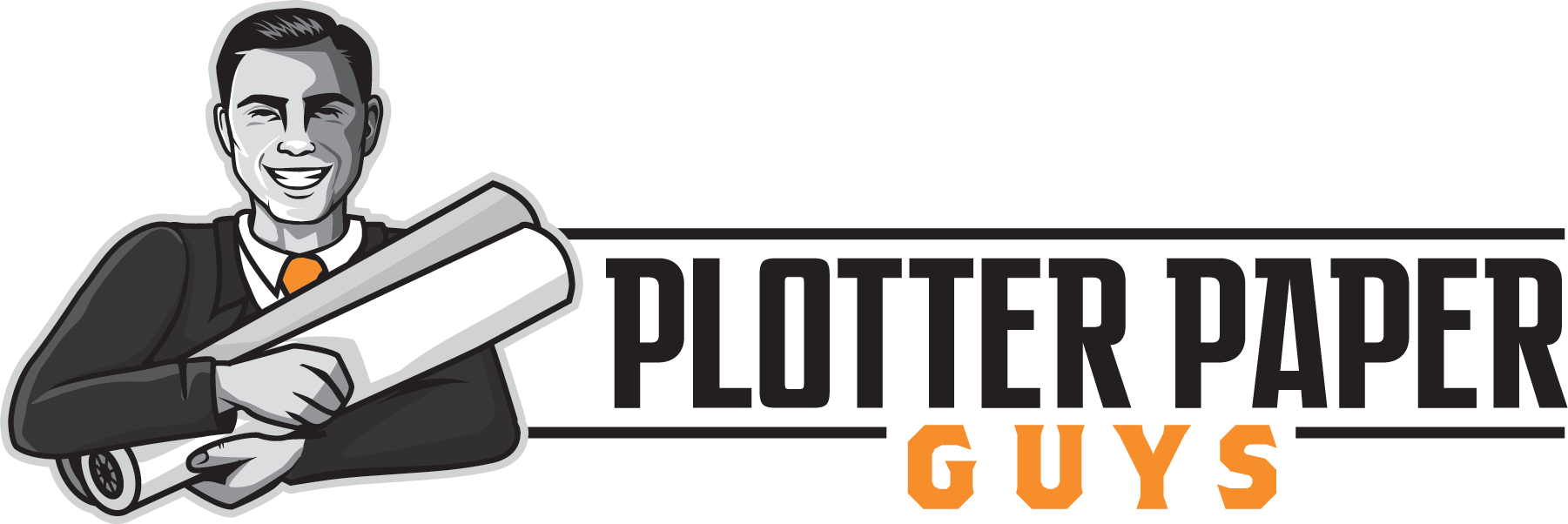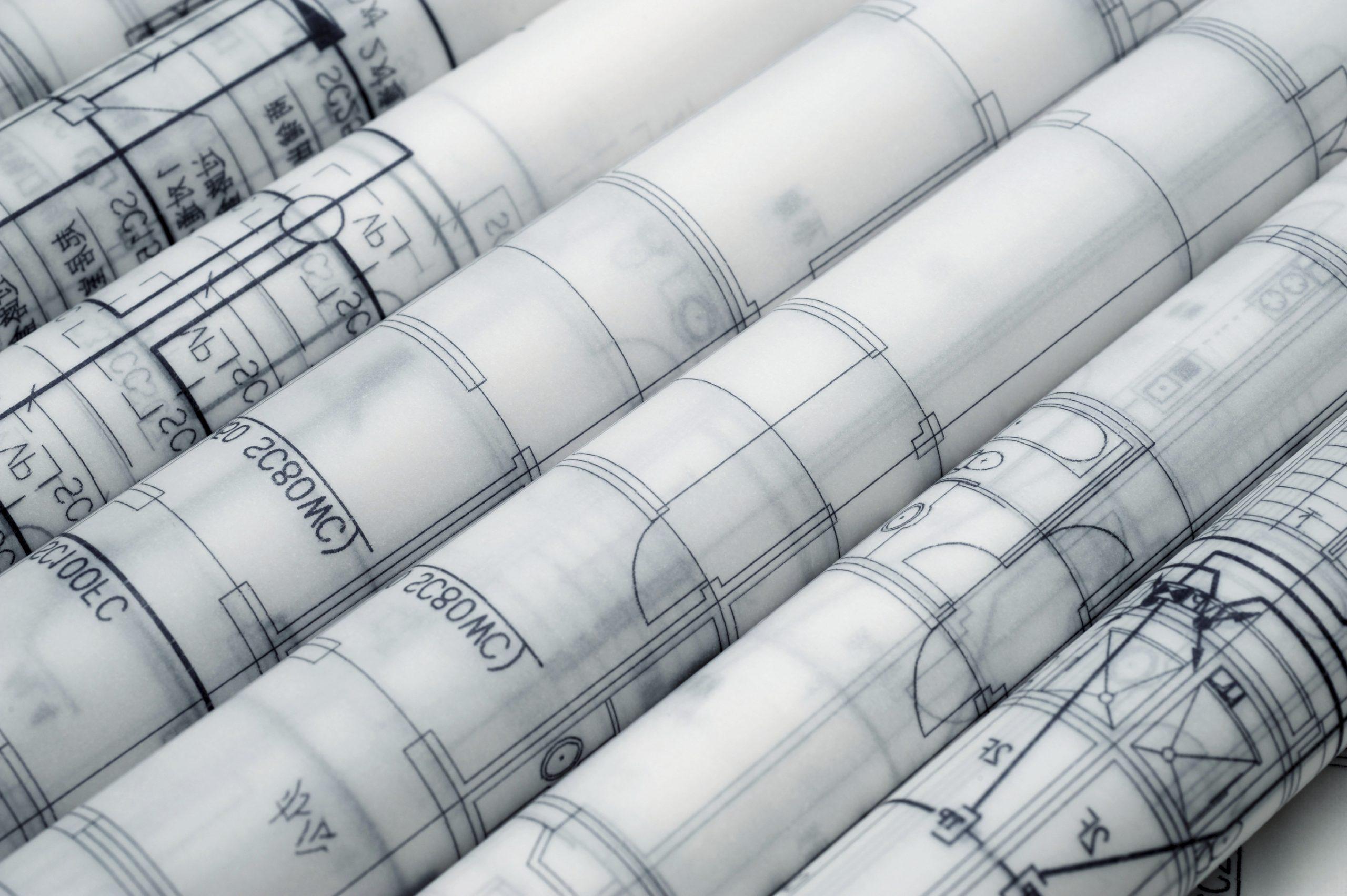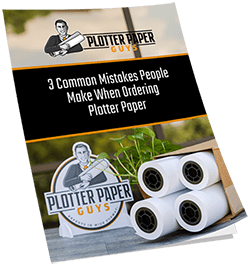If you’re embarking on a new engineering project, you have an exciting concept and sketching phase to look forward to. However, before any of your ideas can be brought to life in three dimensions, they must first be put down on paper. Then, all the kinks can be ironed out, and specifications can be set. One consideration is to use mylar film.
Working out your ideas on paper is still a great way to start your project. However, even now that digital drawing tools are widely available, film rolls to sketch your plans still come with many benefits. For one, you’ll be able to take your sketch with you wherever you go, especially if you choose a sturdy film that can weather slightly harsher conditions. This alone makes it worth using engineering printer copiers to print your sketch on the right film roll.
In this article, we are exploring the use of Mylar film for your next engineering project. What are the advantages of this paper, what’s it best used for, and what should you look out for?
Let’s get started.
What is Mylar Film?
Mylar is also known as BoPET (Biaxially-oriented polyethylene terephthalate). It is a polyester film made from stretched PET, achieving high tensile strength and chemical stability.
In addition, the material is highly transparent, reflective, and less gas permeable than other plastics. The term “Mylar” is currently trademarked by DuPont Teijin Corporation, which initially developed the film in the mid-1950s.
What Is Mylar Used For?
Due to its resistance to gases and moisture, Mylar as a material has found frequent applications in the food packaging industry. For example, it is used as a film to protect perishable foods like fruit to improve its shelf life.
In engineering, Mylar drafting film provides a semi-transparent material for architectural drawings. In addition, like a laminate, Mylar provides additional sturdiness and protection from the elements.
Mylar paper has two sides. One is shiny and moisture repellent, whereas the other is subtly textured to absorb ink better. As a result, it is suitable both for pencil and ink drawings.
You may have encountered draft films similar to Mylar in craft stores under the “InkJet BoPet” film category. In the Architecture and Engineering industries, people often use the term to refer to matte drafting film.
When Should You Use Mylar for your Engineering Project?
Mylar films come with benefits that make them a worthwhile consideration for your engineering project. However, the relatively high price point means that you should carefully consider its use and necessity.
A benefit of Mylar is its high sturdiness. In addition, the material’s moisture resistance means that your sketches can be taken even into humid environments and remain undamaged under different temperatures.
It’s also ideal for any engineering project you intend to archive for long periods. The ink won’t fade quickly, and Mylar doesn’t yellow. As a result, the material lasts for hundreds of years and is not easily torn or worn out.
In fact, the material is often used to preserve essential artworks and designs such as:
- Maps
- Plans
- Rare comic books
…as it keeps pollutants, oils, and acids at bay.
Other Attributes Worthy of Note
For enduring projects that require highly professionally drawn-up plans, Mylar is a popular material. It is, however, not as quick to absorb ink as other paper types, which makes it more challenging to handle. In addition, just like with Vellum, you might easily smudge the ink.
Generally, we recommend using Mylar only once you’ve gained some experience with previous drafting projects. Beginners who haven’t yet honed their skills may too easily waste a sheet at a high cost.
For most projects, you can practice using vellum or drafting bonds before trying your hand at Mylar. Thanks to the drafting film’s semi-transparent nature, you can also copy your finalized plans onto Mylar film once you are happy with the results.
Tips for Working with Mylar
As we’ve discussed, Mylar is a great draft material but not always easy to handle, especially its proneness to smudging can make it difficult for beginners to achieve good results. Nevertheless, here are some general best practices:
Sketch your work out on trace or buff paper first before copying your finalized plans onto Mylar.
Decide ahead of time whether you are creating a presentation drawing or a working drawing.
The presentation is the final showcase of your work. A clean sketch on Mylar is well suited.
Minimize smudging by working from one side to the other. Your ruler hand may frequently be touching and smudging lines.
Avoid skipping around the paper, so there are fewer instances where you go over previous work again.
Use a pencil instead of ink to get a good feel for the paper. Draw with a harsh lead pencil to lay down construction lines and plan out your drawing.
Only start with ink when the design is close to being completed. This makes it easier to work from one side to the other and avoid smudging.
More Tips
Use the right tools:
Make sure your ruler has an inking edge to not smudge ink when you pull away.
Use an electric eraser with an ink-erasing tip to erase mistakes as cleanly as possible.
Take your time. Your presentation drawing should be as close to perfect as you can manage, and this process can’t be hurried.
Give ink a chance to dry. Never rush when moving your ruler across the paper. You may accidentally draw it over a line and smudge it.
Are You Ready to Start Using Mylar Film?
There’s a different paper for every stage of your engineering project. Mylar often comes in useful towards the end when your initial drafts have been sketched up, and you want to create a more permanent copy to review and archive.
Thanks to its durability and moisture resistance, Mylar has unmatched potential for this purpose. However, it’s not as cheap as other film rolls and shouldn’t be used lightly by beginners or too early on in the project. When working with Mylar, remember to follow best practices to ensure you don’t smudge the ink and achieve the best possible results.
From our website, you can purchase architectural draft rolls, including wide-format Mylar film. If you’d like to learn more about different paper types or have questions about Mylar specifically, please get in touch!




